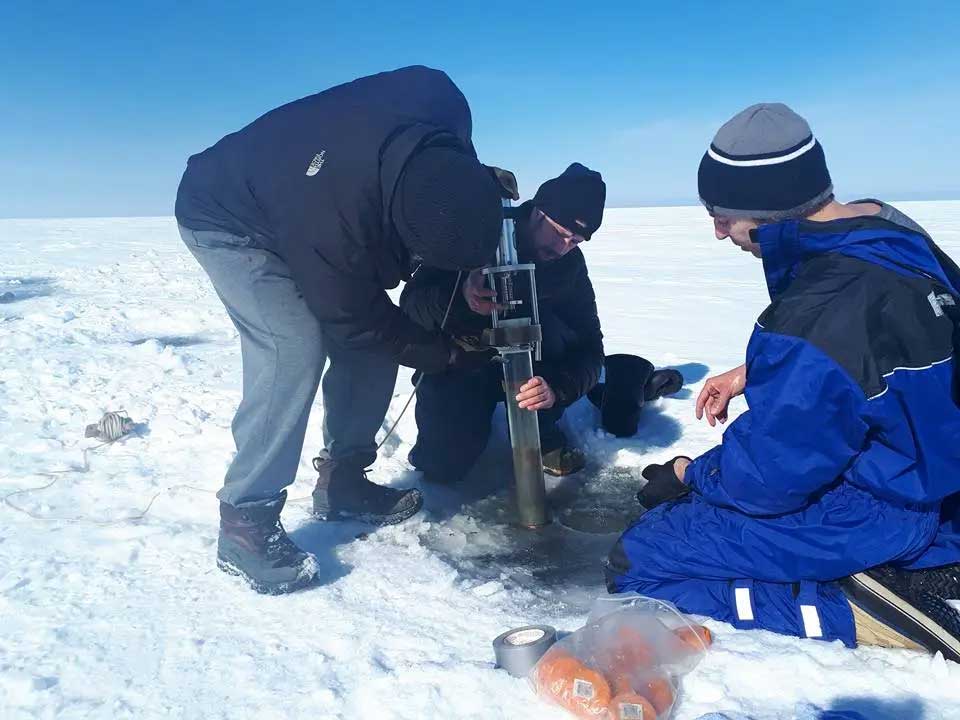Swan River Watershed Remediation
In partnership with MSES and different companies that work in our territory we have started a project to improve the overall health of our river. One of our areas of focus is the Arctic Grayling which many of our members are familiar with as it is a staple of any fisherman, hunter, trapper, who has spent time on the land in our territory. We have been very fortunate in being able to rely on a 2015 study by the ACA (alberta conservation association), here is an excerpt from that report:
“From June 28 to July 31, 2015, we assessed 218 stream crossings in the Swan River watershed, of which 195 crossings were previously assessed in 2002. A total of 66 (30%) crossings were dry, likely due to the historically low stream flows that occurred in 2015; 10 additional sites were ephemeral and non-fluvial. Of the remaining 142 fluvial sites, 131 crossings were impassable to fish; only 11 (8%) stream crossings permitted fish passage. Approximately 737 km of stream (25% of the total stream length in the Swan River watershed) have been fragmented due to damage or poorly installed crossing structures, predominantly in low-order streams.”
We are also working with the Lesser Slave Lake Watershed Council. The watershed council tests the Swan River and monitors the health of the river and we supplement their funding to allow them to test for more things, especially things specific to development. Through this monitoring we will be able to see if the work we are doing on the crossings is having a positive effect on the health of the river as well as the grayling populations.

Swan River Member Mike Awenose taking lake core sediment samples with scientists.
